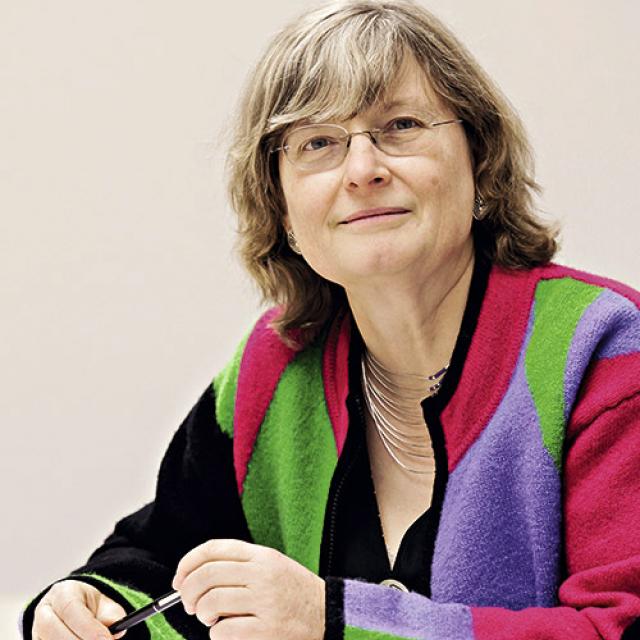Introduction to Wavelets
Topic
Wavelets are a new approach used in the analysis of sounds and images, as well as in many other applications. The wavelet transform provides a mathematical analog to a music score: just as the score tells a musician which notes to play when, the wavelet analysis of a sound takes things apart into elementary units with a well defined frequency (which note?) and at a well defined time (when?). For images wavelets allow you to first describe the coarse features with a broad brush, and then later to fill in details, similar to zooming in with a camera. For this reason, the wavelet transform is sometimes called a "mathematical microscope".
Wavelets are used by many scientists and engineers for a wide range of applications. In particular, they have been incorporated in the JPEG2000 image compression standard.
The talk will start by explaining the basic principles of wavelets, which are very simple. Then they will be illustrated with some examples, including pictures of the wavelet scheme used by the FBI. Throughout the talk we will see how wavelets emerged as a synthesis of ideas from many different directions.
